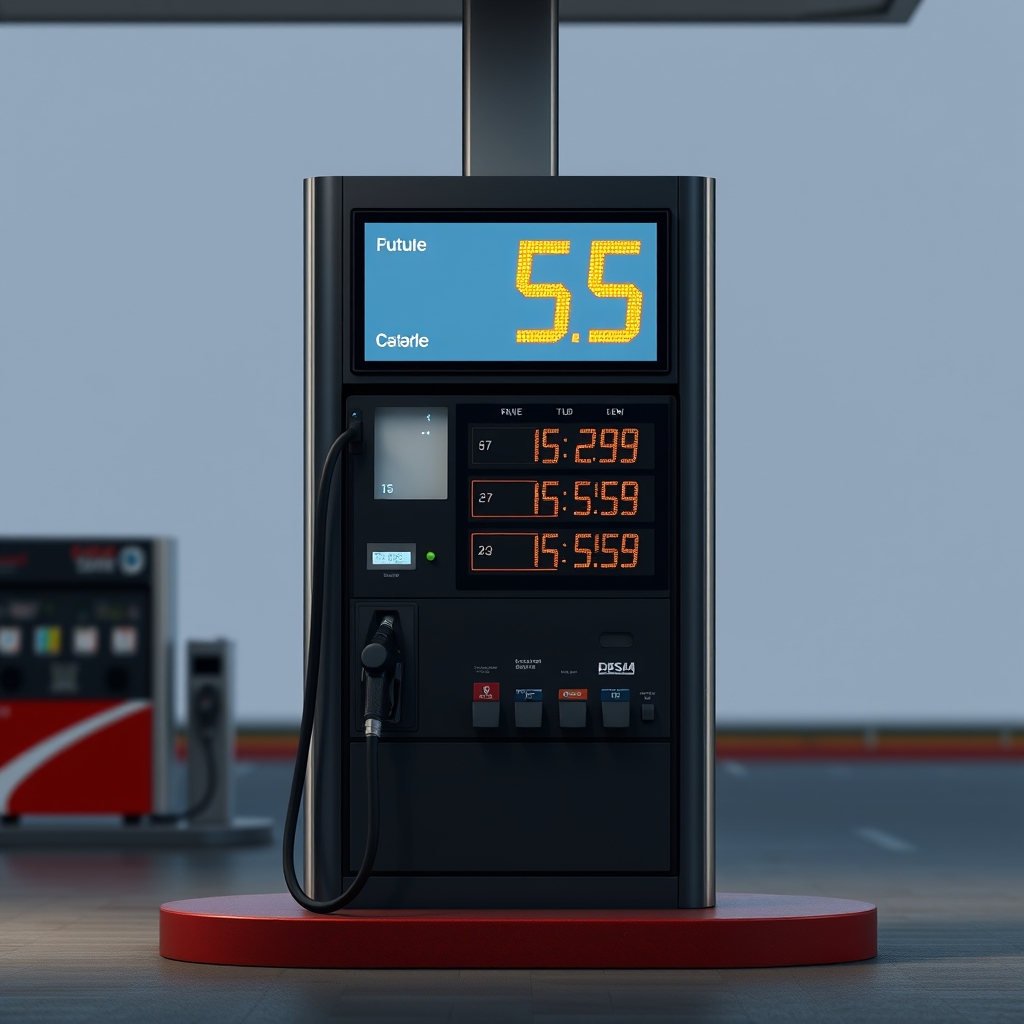Fuel Price Tracker API vs Gasoline Prices API: Which One Fits Your Needs?

Fuel Price Tracker API and the Gasoline Prices API. This blog post will delve into a detailed comparison of these two APIs, exploring their features, use cases, performance, and scalability, ultimately helping you determine which API best fits your needs.
Overview of Both APIs
Fuel Price Tracker API offers up-to-date fuel prices across the USA. By entering a ZIP code and selecting a fuel type, users can retrieve real-time pricing from nearby gas stations. This API is designed for developers, businesses, and consumers who want to integrate reliable fuel price data into their applications or services.
Gasoline Prices API provides accurate information on fuel costs in the United States. It allows applications to retrieve current prices, trends, and location-specific details, making it an essential resource for applications that require timely and precise fuel price data.
Feature Comparison
Fuel Price Tracker API Features
Fuel Price Tracker API is its Price Data capability. This feature allows users to pass a ZIP code and the type of fuel they want to check. The API then delivers the prices of relevant gas stations in the specified area.
{
"status": "success",
"zip": "90210",
"gas_type": "regular",
"currency": "USD",
"gas_prices": {
"station": "We don't have station-specific prices for this ZIP code. The reported price is an average",
"average": "$4.38",
"lowest": "$3.35"
}
}
Gasoline Prices API Features
Gasoline Prices API features a Fuel Costs capability, which allows users to fetch gas prices for every state in the US. This feature is particularly useful for applications that need to provide comprehensive fuel price data across the country.
{
"success": true,
"result": [
{
"currency": "usd",
"name": "Alaska",
"gasoline": "3.312",
"midGrade": "3.549",
"premium": "3.776",
"diesel": "3.541"
},
{
"currency": "usd",
"name": "Alabama",
"gasoline": "2.804",
"midGrade": "3.242",
"premium": "3.640",
"diesel": "3.471"
}
]
}
Example Use Cases for Each API
Fuel Price Tracker API is ideal for applications that require localized fuel price information. For example, a mobile app designed for travelers can use this API to help users find the cheapest gas stations along their route based on their current location or a specified ZIP code.
Gasoline Prices API is better suited for applications that need to provide a broader overview of fuel prices across the entire country. For instance, a website that aggregates fuel price data for consumers can leverage this API to display average prices by state, helping users make informed decisions about where to refuel during long trips.
Performance and Scalability Analysis
Fuel Price Tracker API excels in providing localized data quickly, making it suitable for applications that require real-time updates. Its ability to return average and lowest prices for specific ZIP codes ensures that users receive relevant information without unnecessary delays.
Gasoline Prices API, on the other hand, is optimized for broader queries, allowing users to retrieve data for all states in a single request. This scalability makes it an excellent choice for applications that need to aggregate data from multiple regions efficiently.
Pros and Cons of Each API
Fuel Price Tracker API
- Pros:
- Provides localized fuel price data.
- Easy to integrate with applications requiring real-time updates.
- Customizable requests based on ZIP code and fuel type.
- Cons:
- Limited to specific ZIP codes, which may not be suitable for broader queries.
- Data may not always include station-specific prices.
Gasoline Prices API
- Pros:
- Offers comprehensive fuel price data across all states.
- Maintains high data accuracy through regular updates.
- Easy to use with no parameters required for basic queries.
- Cons:
- Less focused on localized data, which may not be ideal for users seeking specific station prices.
- May require additional processing to filter data for specific regions.
Final Recommendation
Fuel Price Tracker API and the Gasoline Prices API ultimately depends on your specific needs. If your application requires localized fuel price information and real-time updates, the Fuel Price Tracker API is the better choice. Its ability to provide detailed pricing based on ZIP codes makes it invaluable for users looking for the best deals in their area.
Fuel Price Tracker API? Try the API playground to experiment with requests.
Gasoline Prices API in production? Visit the developer docs for complete API reference.





